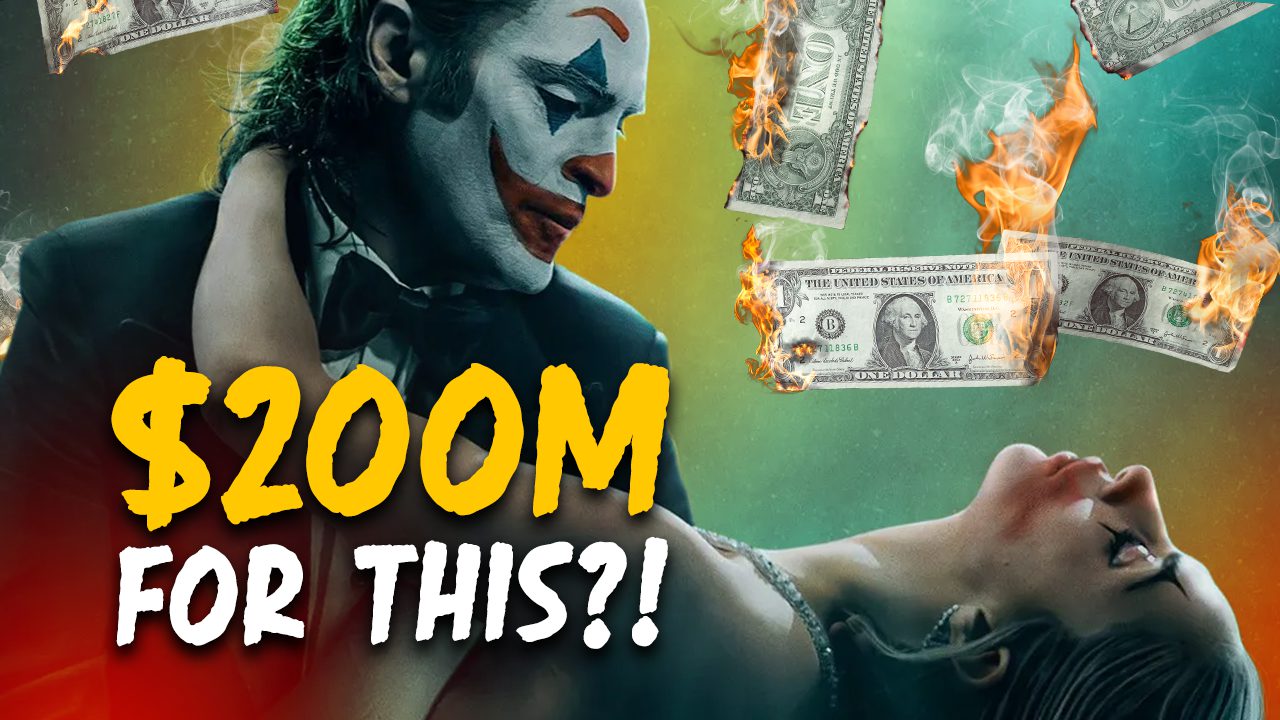Summer blockbusters promise spectacle, but 2024 delivered a masterclass in how big budgets can’t guarantee big payoffs. From digital resurrections gone wrong to twist endings that fooled absolutely no one, this year’s major releases served up cringeworthy moments faster than a TikTok algorithm serves targeted ads. These scenes were supposed to be the money shots—instead, they became the moments audiences collectively rolled their eyes or reached for their phones.
10. Borderlands (2024) – Lilith Becomes Firehawk
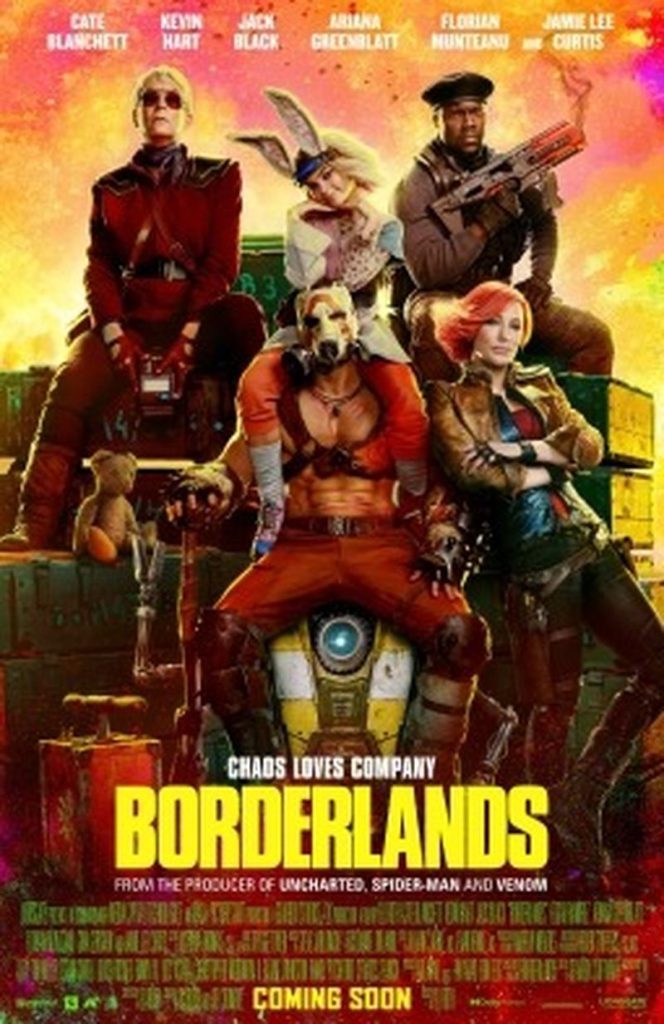
Lilith’s climactic transformation into the Firehawk should have been the visual crescendo that justified the film’s hefty budget. Instead, the fiery wings appeared about as convincing as a college dorm room lava lamp, leaving critics and fans wondering where all that production money actually went. The scene’s impact was further diminished by marketing that spoiled the twist months in advance, turning what should have been a jaw-dropping reveal into a “finally, we get to this part” moment for audiences.
The moment perfectly captures modern Hollywood’s tendency to show their entire hand in trailers, then wonder why theaters feel like expensive reruns.
9. Venom: The Last Dance – Emotional Final Montage
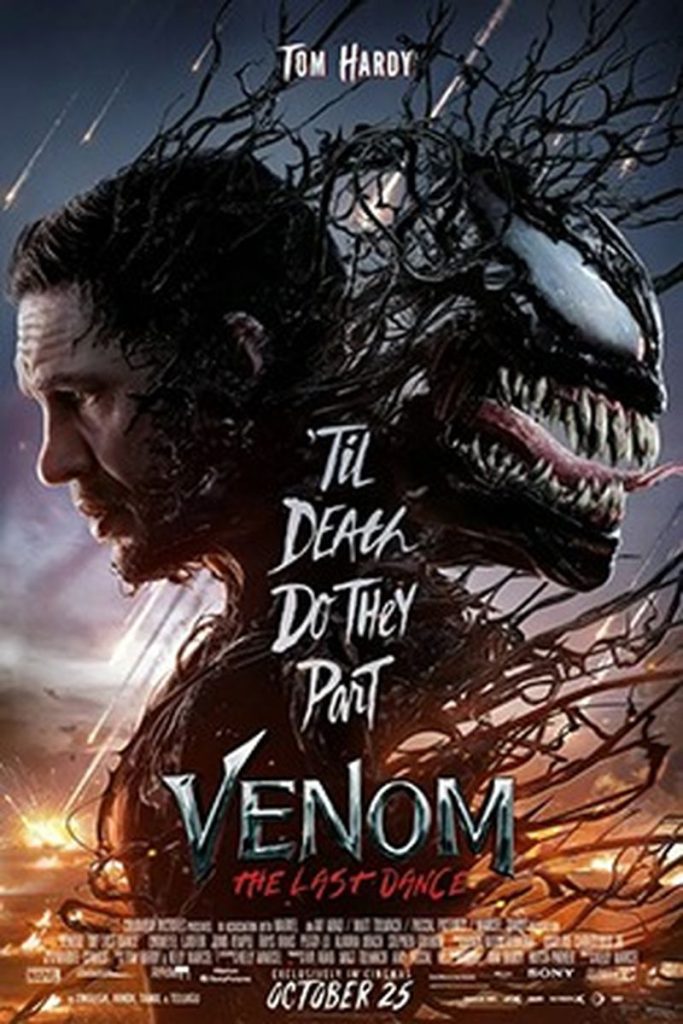
The supposedly heartfelt goodbye between Eddie and Venom leaned heavily on clips from the current film and Maroon 5’s “Memories,” playing the emotional manipulation completely straight without any of the franchise’s signature self-awareness. The montage aimed for tears but landed somewhere between eye-rolls and secondhand embarrassment, especially when the immediate post-credits scene revealed Venom’s inevitable return, making the entire farewell feel like theatrical manipulation rather than genuine character development.
Anyone who’s sat through a franchise “ending” knows the drill—death means nothing when sequels are already greenlit.
8. Trap – Cooper Escapes the Trap
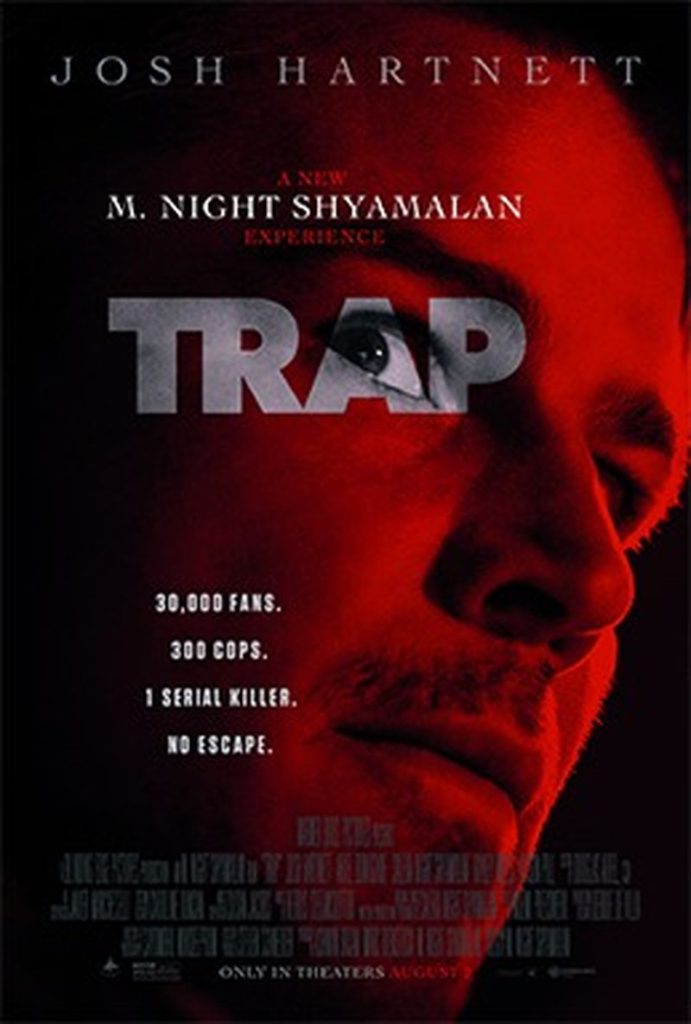
The climactic escape sequence defied not just logic but basic respect for viewer intelligence, allowing the killer to tamper with a bicycle and secretly acquire escape tools under law enforcement’s watchful eye. Even within the heightened reality of thriller logic, the scenario felt less like clever misdirection and more like screenwriters who forgot their own movie’s rules, leaving audiences feeling trapped by poor plotting rather than edge-of-seat suspense.
This moment became a perfect example of when “because the plot needs it” becomes the only explanation that works.
7. Ghostbusters: Frozen Empire – New York City Gets Iced
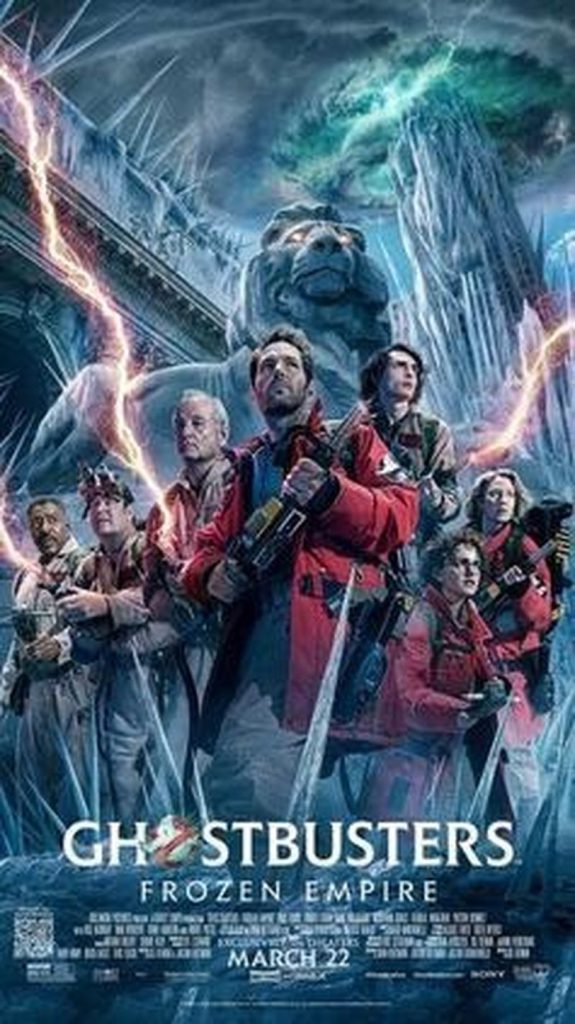
The film’s central premise—New York City trapped in supernatural ice—was prominently featured in every trailer and poster, yet the actual frozen cityscape sequence felt more like a brief intermission than the apocalyptic spectacle promised. The moment arrived late in the film and departed just as quickly, failing to deliver either the visual grandeur or narrative weight that the marketing had built up for months.
For a franchise built on iconic New York moments, this felt like ordering a pizza and getting a single pepperoni slice.
6. Megalopolis – Crus Kills Wow
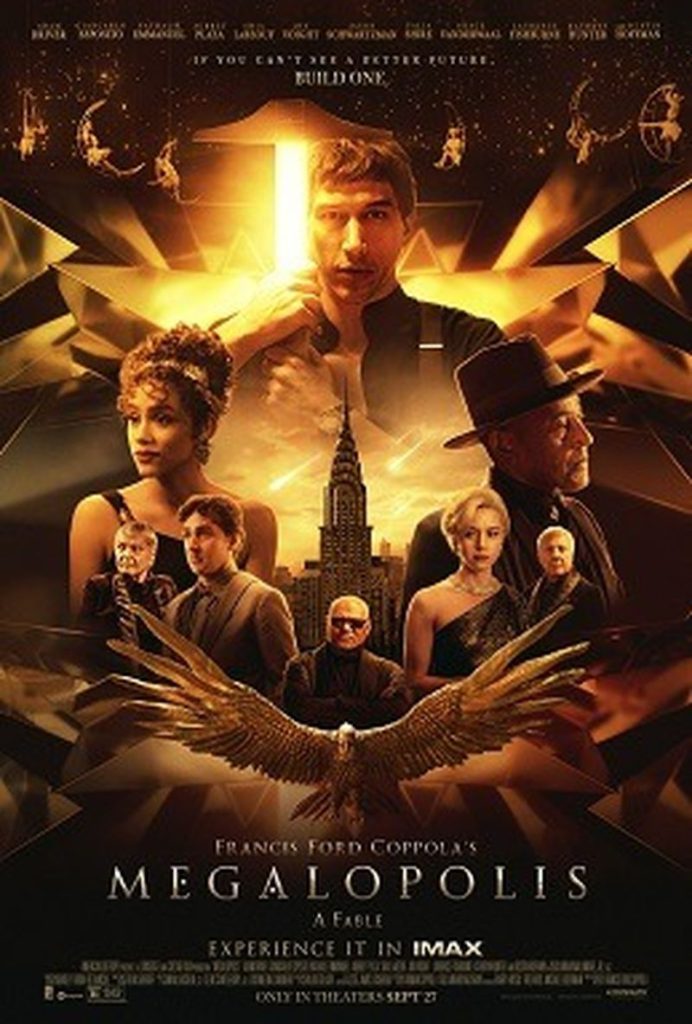
Francis Ford Coppola’s ambitious return to filmmaking included a climactic revenge scene involving an arrow smuggled under a blanket, disguised as something far less threatening to dramatic tension. The moment, intended as shocking drama, instead became an unintentionally absurd viral sensation, with audiences focusing more on the bizarre execution than the intended emotional impact.
Sometimes the most memorable movie moments are the ones that break the fourth wall accidentally.
5. Joker: Folie a Deux – Arthur Dies
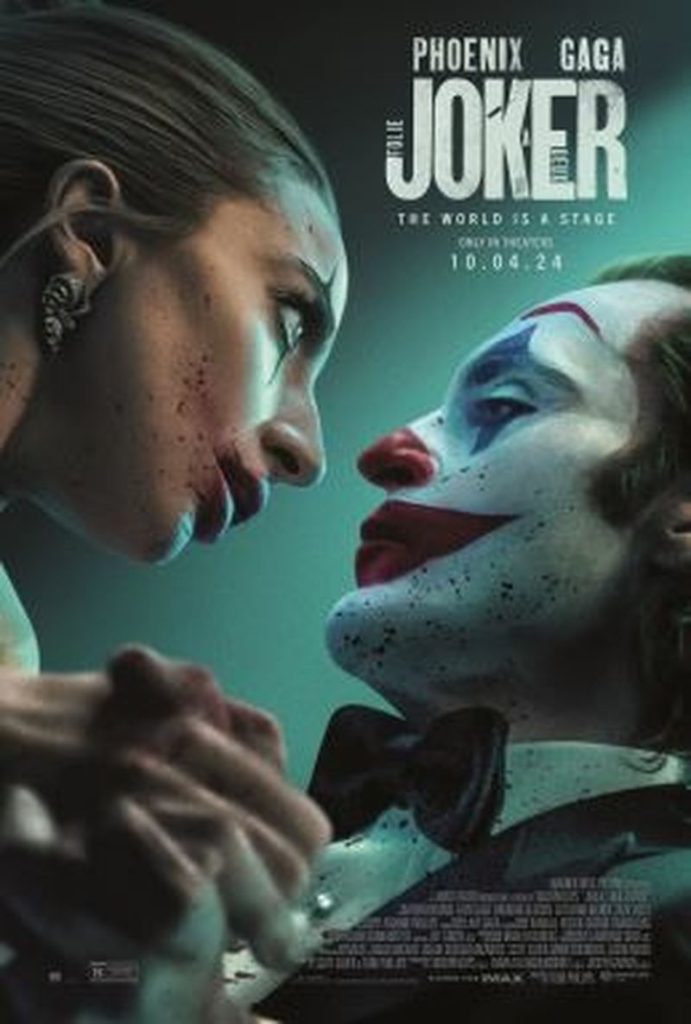
The sequel’s finale abandoned Arthur Fleck’s journey entirely, having him killed by another inmate in what appeared to be a nod toward the “real” Joker. This bold narrative choice left many viewers feeling like they’d invested in two films worth of character development only to watch it literally die in the final act, transforming what could have been a satisfying conclusion into a frustrating creative cul-de-sac.
The twist felt less like storytelling evolution and more like a director publicly breaking up with his own creation.
4. The Strangers: Chapter 1 – The Motive Line
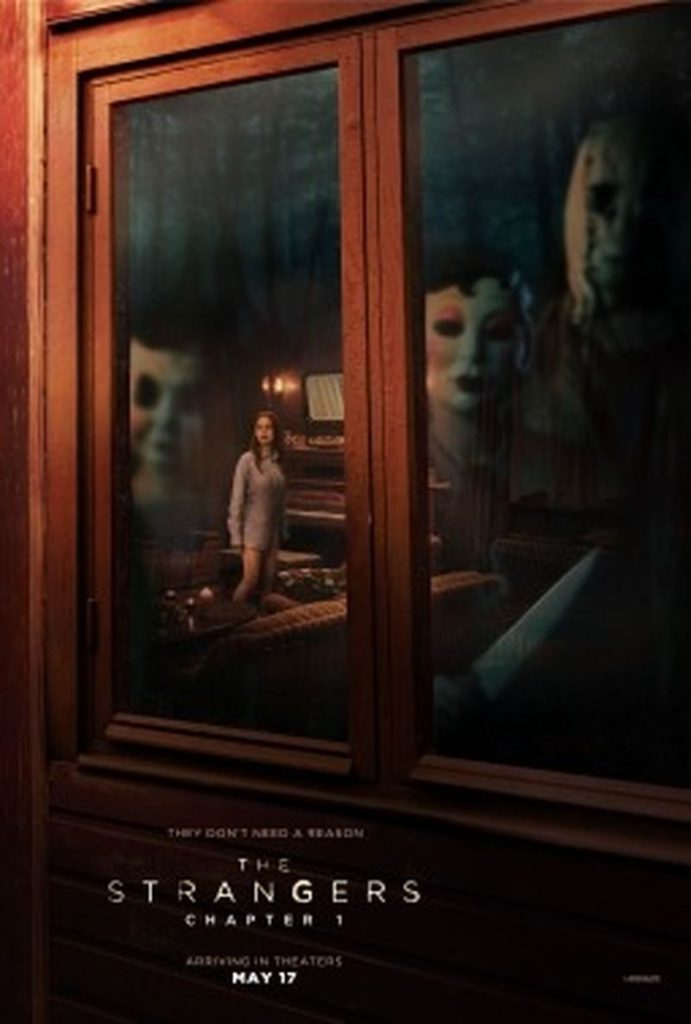
The original film’s chilling “Because you were home” became “Because you’re here” in this reboot, a subtle change that completely diluted the existential terror that made the original so effective. This seemingly minor alteration became emblematic of the entire film’s inability to understand what made its source material genuinely frightening, trading cosmic horror for generic thriller territory.
Sometimes the smallest changes reveal the biggest misunderstandings about what made something work in the first place.
3. Bad Boys: Ride or Die – Obvious Villain Reveal
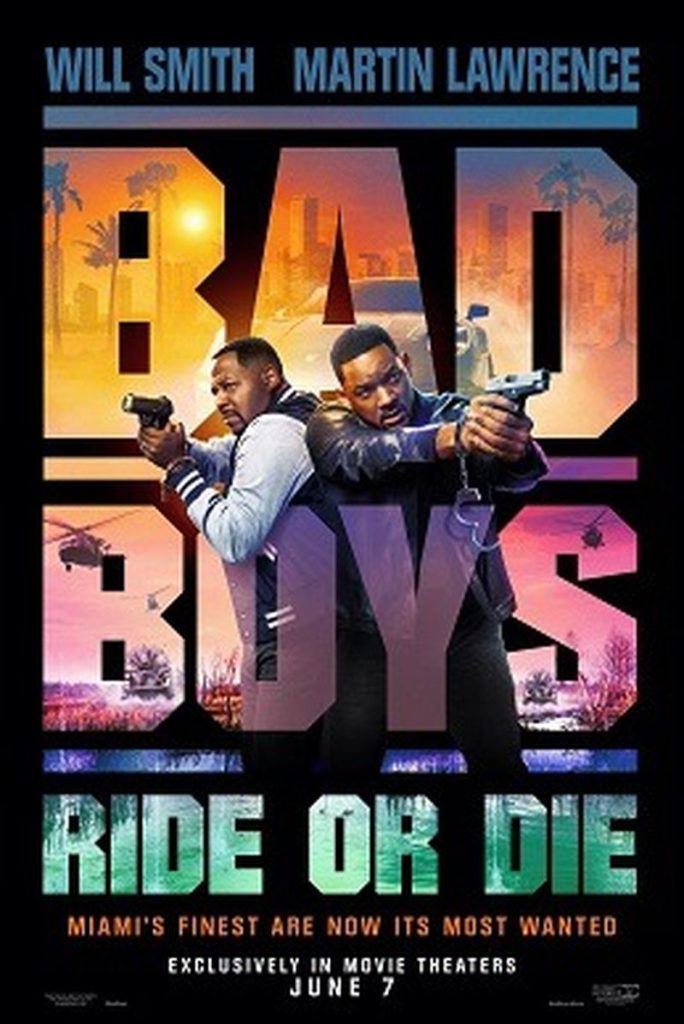
Ioan Gruffudd‘s casting as the secret antagonist was telegraphed so obviously that audiences spent the entire film waiting for the “shocking” reveal rather than enjoying any actual suspense. The attempt to subvert expectations by casting against type backfired spectacularly, creating the opposite effect and making the twist feel more like a creative writing exercise than genuine storytelling surprise.
When your casting choice becomes a spoiler, it might be time to reconsider the strategy.
2. Alien: Romulus – Deepfake Ian Holm
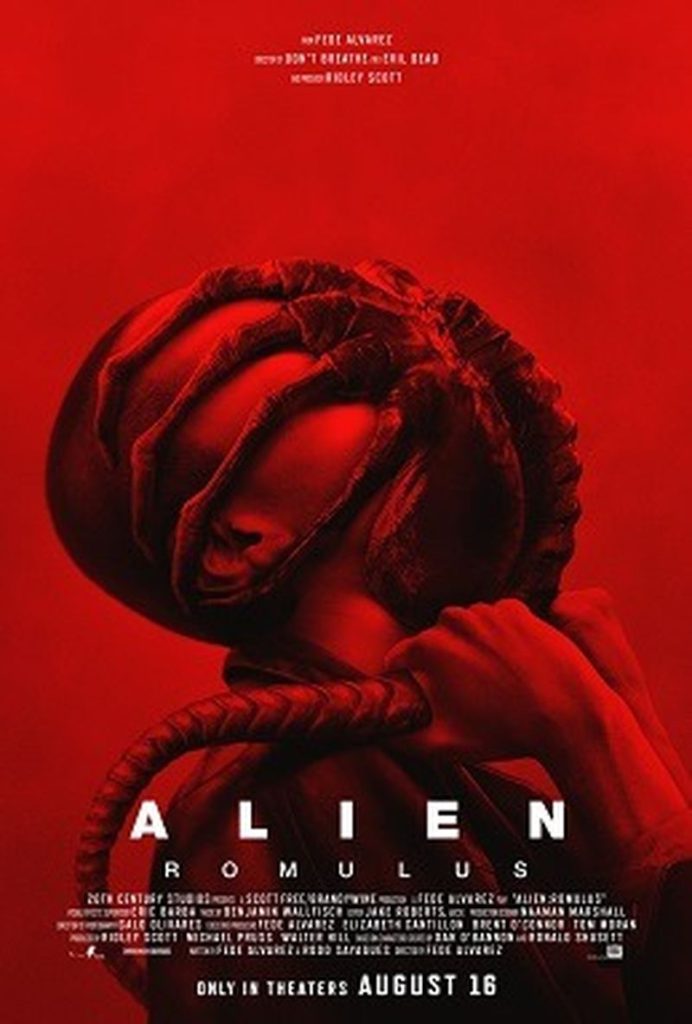
The film’s attempt to bring back the late Ian Holm through digital effects created a distracting, unconvincing presence that pulled audiences out of the story rather than honoring the actor’s legacy. The uncanny valley effect generated more discomfort about posthumous digital manipulation than the intended android menace, raising ethical questions about using deceased performers’ likenesses in ways they never consented to.
Technology can resurrect faces, but it can’t resurrect the soul of a performance.
1. Argylle – The Identity Twist
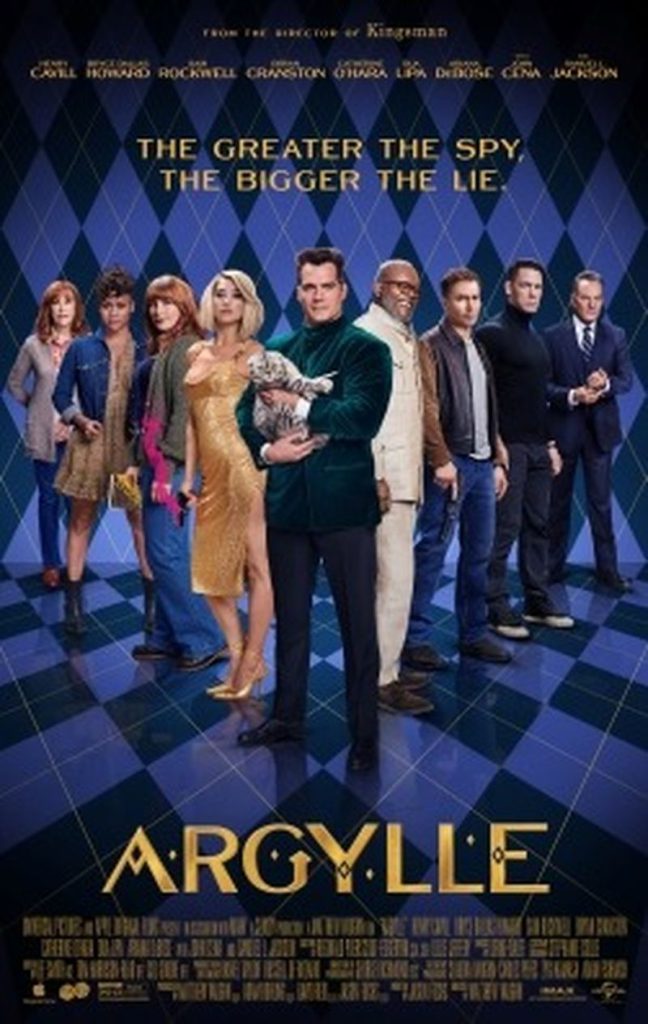
The film’s marketing campaign centered around the mysterious identity of its protagonist, only to reveal that she was, predictably, the titular agent herself. This twist felt painfully obvious from the first trailer, and early online spoilers only confirmed what most audiences had already figured out, turning what should have been a satisfying revelation into a “finally, they’re acknowledging what we all knew” moment.
The real mystery became how anyone thought this qualified as a twist worth building an entire marketing campaign around.


